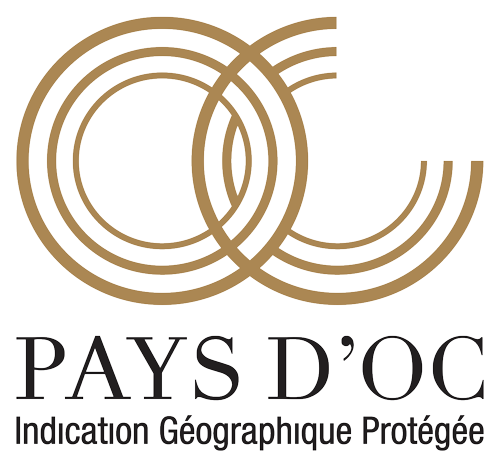Tasting is based on the three steps of approaching a wine: sight, smell and taste.
Tasting a wine: find the words to describe it
Tasting is based on the three steps of approaching a wine: sight, smell and taste. Learning this art requires practice, to discover how to choose the right words to describe the sensations felt and aromas identified, by using our olfactory memory.
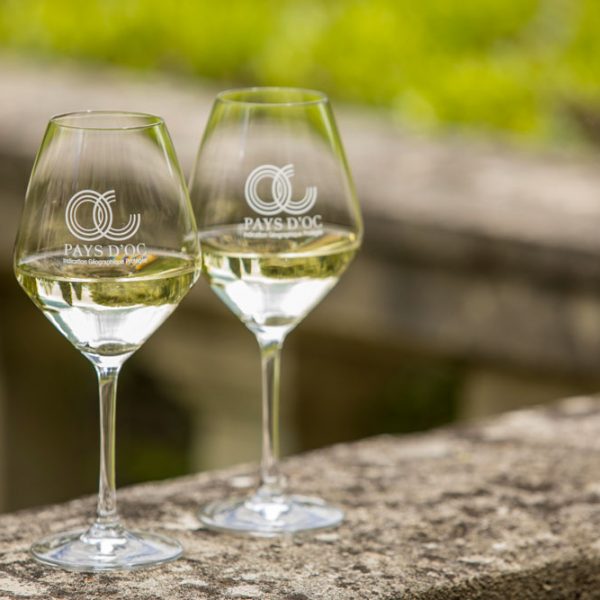
The art of wine tasting begins long before a wine is tasted
Throughout our life we exercise our palate and our olfactory memory, when we enjoy white peaches, liquorice or cherries, for example. The flavours identified in this way are stored in our olfactory memory. For each one of us, this legacy forms a unique database that can change depending on where we live, a region’s smells (forest, asphalt, iodine, etc.), or our culinary habits. The art of tasting is therefore both accessible to all and very subjective. Above all, it requires practice. Ultimately, tasting a wine is all about choosing the right words for the sensations we feel, by opening ‘drawers’ to stimulate our olfactory memory. Reconnecting with our senses is based on the three steps of approaching a wine: sight, smell and taste.
Step 1
The first step in tasting a wine involves the eye. Place your glass against a white background (for example a tablecloth, or a sheet of paper), examine the rim, i.e. the circumference formed by the liquid when you look at the glass from above. Then through the glass, observe the hue, a term which refers to the colour and visual appearance of the wine: intensity, brilliance, reflections, sharpness. This initial approach can give you clues about the age of the wine, the winemaking techniques and even the dominant grape variety of a blend. So the colour of the hue encapsulates the age – young or old – of a wine. For reds, purple reflections point to a young wine. As it ages, it takes on orange colours leaning towards brown or copper. This is less pronounced for whites, which have lower tannin content. Similarly, certain grape varieties such as Pinot Noir produce little colour (the hue will therefore be light), while Syrah and Cabernet-Sauvignon on the contrary display a hallmark deep or sustained hue.
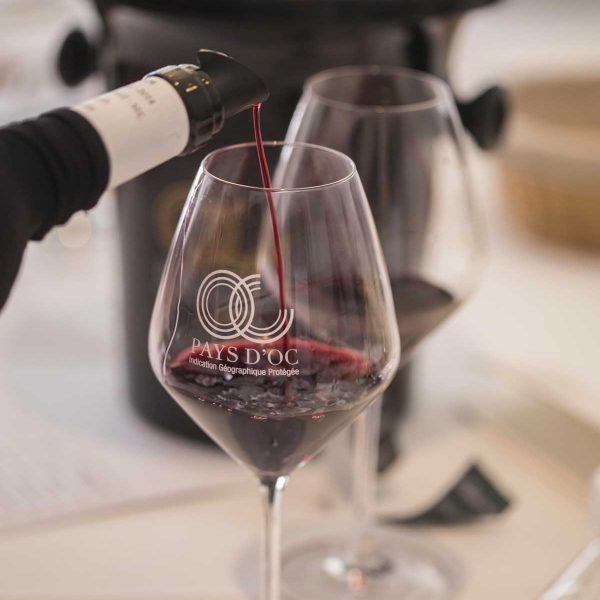
Step 1
The first step in tasting a wine involves the eye. Place your glass against a white background (for example a tablecloth, or a sheet of paper), examine the rim, i.e. the circumference formed by the liquid when you look at the glass from above. Then through the glass, observe the hue, a term which refers to the colour and visual appearance of the wine: intensity, brilliance, reflections, sharpness. This initial approach can give you clues about the age of the wine, the winemaking techniques and even the dominant grape variety of a blend. So the colour of the hue encapsulates the age – young or old – of a wine. For reds, purple reflections point to a young wine. As it ages, it takes on orange colours leaning towards brown or copper. This is less pronounced for whites, which have lower tannin content. Similarly, certain grape varieties such as Pinot Noir produce little colour (the hue will therefore be light), while Syrah and Cabernet-Sauvignon on the contrary display a hallmark deep or sustained hue.



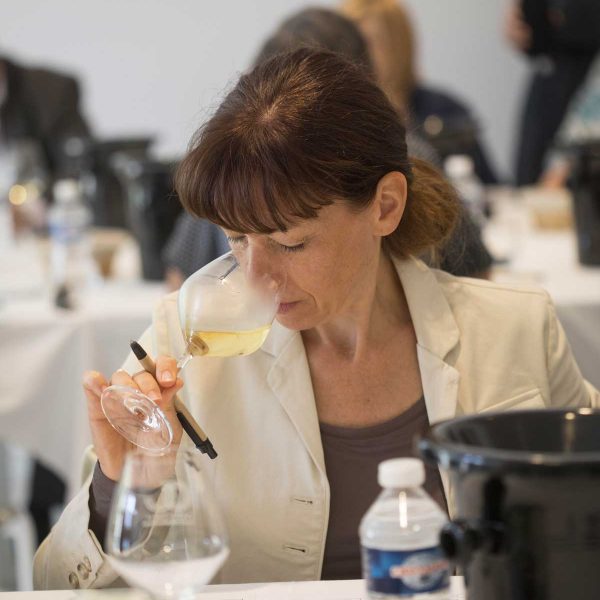


Step 2
This is the second step in approaching a wine: the sense of smell. As wine’s aromas can be compared to small beads that burst when the glass is swirled, this approach occurs in several stages. Above all, hold the glass by the stem to avoid warming the wine with the palm of your hand. Start with the nose on first pour (steady glass), smelling the wine without swirling it to discover the initial sensations. Is it powerful or muted, pleasant or unpleasant? Then, turn the wine in the glass by making a rotating movement with your hand, to release the aromas. They will then be channelled towards the neck of the glass, which is always narrower than the base for tasting glasses. The second nose involves putting your nose to the rim of the glass to discover more precise sensations. This can be repeated as many times as necessary.
Step 2
This is the second step in approaching a wine: the sense of smell. As wine’s aromas can be compared to small beads that burst when the glass is swirled, this approach occurs in several stages. Above all, hold the glass by the stem to avoid warming the wine with the palm of your hand. Start with the nose on first pour (steady glass), smelling the wine without swirling it to discover the initial sensations. Is it powerful or muted, pleasant or unpleasant? Then, turn the wine in the glass by making a rotating movement with your hand, to release the aromas. They will then be channelled towards the neck of the glass, which is always narrower than the base for tasting glasses. The second nose involves putting your nose to the rim of the glass to discover more precise sensations. This can be repeated as many times as necessary.



The art of tasting: three groups of aroma
To determine the aromas of a wine, there are three main groups of aromas: fruity (red fruits, white-fleshed fruits, tropical fruits), floral (white flowers, garrigue, wildflowers, etc.) and empyreumatic (charred, smoky, toasted and dried smells). This last group is typical of wines matured in wooden barrels. Empyreumatic aromas include gingerbread, buttery notes (the term refers to the smell rising from a saucepan when butter is cooked and starts to turn hazelnut), chocolate, coffee, tar, toasted bread or certain nuts such as walnuts, hazelnuts or dried fruit. After two hours of learning how to taste, this classification by group becomes more obvious, and the ‘drawers’ of your olfactory memory open!
Step 3
Appreciating a wine’s flavour involves three stages: the attack, the mid-palate and the finish.
The attack: this is when wine first hits the palate, and it is bound to create an impression – is the wine powerful, lively or nervous, balanced or not? Then, take another sip and draw some air into your mouth. This aerates the wine to promote aromatic expression. Swirl the wine around the palate to coat the taste buds. Spit it out and carefully clock the sensations released on the tongue and in the cheeks, then retronasally. This term refers to sensing aromas on the palate through the retronasal route, as individuals are generally better equipped to sense smells through their mouth than through their nose. This second stage, called the mid-palate, confirms what has already been detected on the nose and allows us to discover new aromas. Then comes the finish, i.e. the length of the wine between spitting it out and its persistence on the palate. The length is counted in ‘caudalies’ (1 caudalie = 1 second). A wine that lingers on the palate will have between 5 and 10 caudalies.
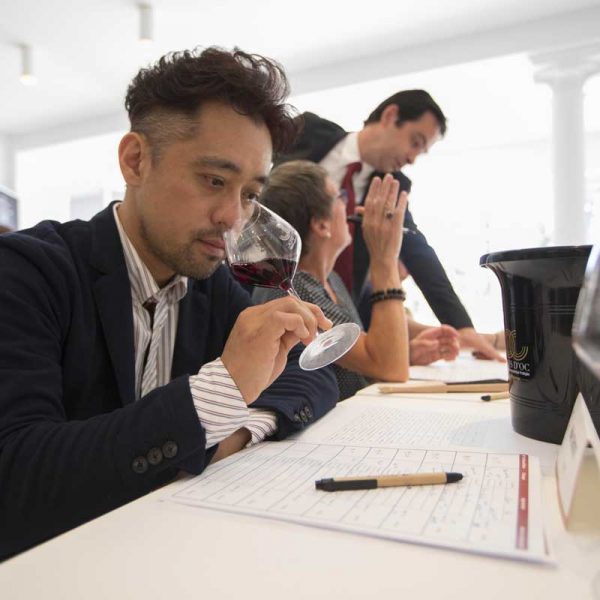


Step 3
Appreciating a wine’s flavour involves three stages: the attack, the mid-palate and the finish.
The attack: this is when wine first hits the palate, and it is bound to create an impression – is the wine powerful, lively or nervous, balanced or not? Then, take another sip and draw some air into your mouth. This aerates the wine to promote aromatic expression. Swirl the wine around the palate to coat the taste buds. Spit it out and carefully clock the sensations released on the tongue and in the cheeks, then retronasally. This term refers to sensing aromas on the palate through the retronasal route, as individuals are generally better equipped to sense smells through their mouth than through their nose. This second stage, called the mid-palate, confirms what has already been detected on the nose and allows us to discover new aromas. Then comes the finish, i.e. the length of the wine between spitting it out and its persistence on the palate. The length is counted in ‘caudalies’ (1 caudalie = 1 second). A wine that lingers on the palate will have between 5 and 10 caudalies.



